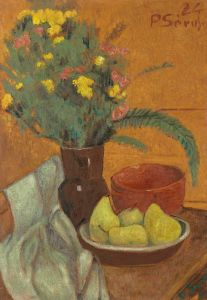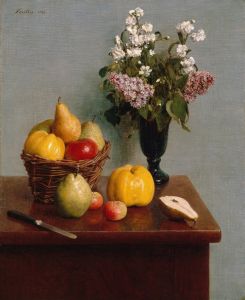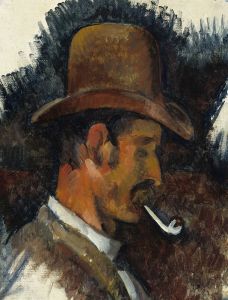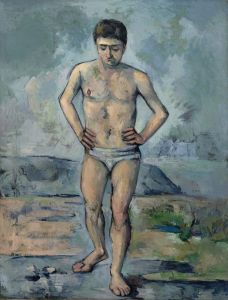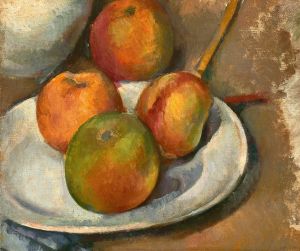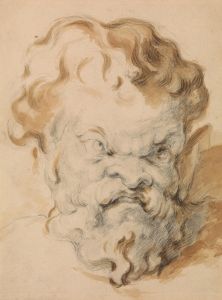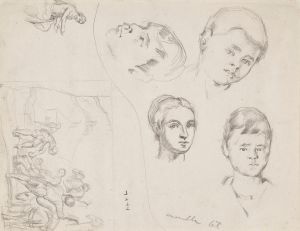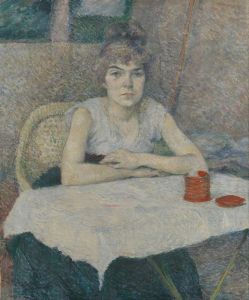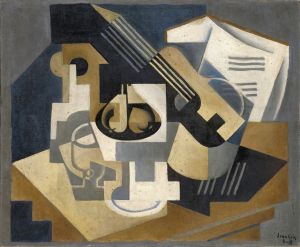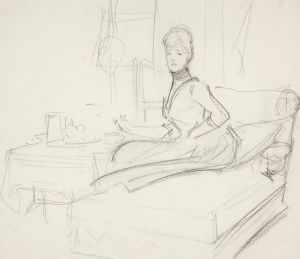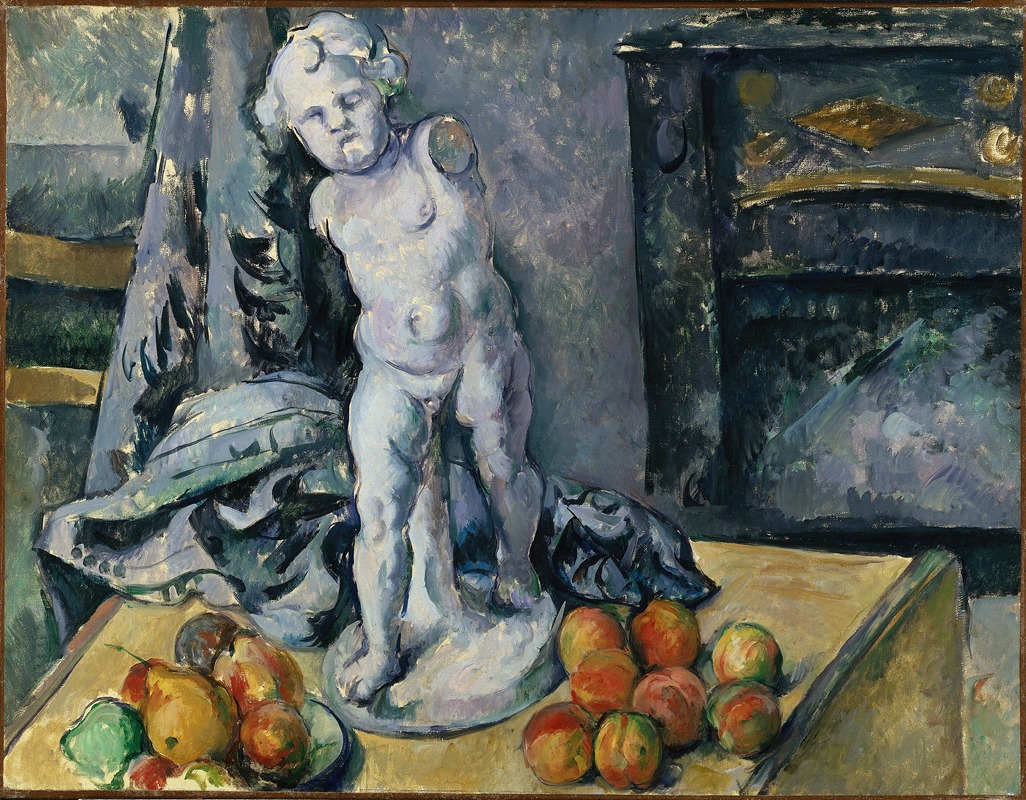
Still Life with Statuette
A hand-painted replica of Paul Cézanne’s masterpiece Still Life with Statuette, meticulously crafted by professional artists to capture the true essence of the original. Each piece is created with museum-quality canvas and rare mineral pigments, carefully painted by experienced artists with delicate brushstrokes and rich, layered colors to perfectly recreate the texture of the original artwork. Unlike machine-printed reproductions, this hand-painted version brings the painting to life, infused with the artist’s emotions and skill in every stroke. Whether for personal collection or home decoration, it instantly elevates the artistic atmosphere of any space.
Paul Cézanne's "Still Life with Statuette" is a notable example of the artist's innovative approach to still life painting, a genre he explored extensively throughout his career. Painted in the late 19th century, this work exemplifies Cézanne's unique ability to transform ordinary objects into complex compositions that challenge traditional perspectives and techniques.
Cézanne, often referred to as the "father of modern art," played a crucial role in bridging the gap between 19th-century Impressionism and the early 20th century's new line of artistic inquiry, Cubism. His work laid the groundwork for the modernist movement by emphasizing the structural components of painting, such as form, color, and composition, over the mere representation of objects.
"Still Life with Statuette" features a carefully arranged composition of everyday items, including a statuette, fruit, and other objects placed on a table. The inclusion of the statuette is particularly significant as it adds a sculptural element to the painting, inviting viewers to consider the interplay between two-dimensional and three-dimensional forms. Cézanne's use of the statuette also reflects his interest in classical art and his desire to incorporate elements of traditional sculpture into his paintings.
One of the defining characteristics of Cézanne's still lifes is his use of color and brushwork. In "Still Life with Statuette," Cézanne employs a palette of rich, vibrant colors, applying them with his distinctive brushstrokes that create a sense of texture and depth. This technique allows him to convey the solidity and volume of the objects while simultaneously flattening the pictorial space, a hallmark of his style.
Cézanne's approach to perspective is another key aspect of this painting. Rather than adhering to the conventional single-point perspective, he often depicted objects from multiple viewpoints within the same composition. This method is evident in "Still Life with Statuette," where the objects appear slightly tilted or off-balance, challenging the viewer's perception and inviting them to engage with the painting on a deeper level.
The painting also reflects Cézanne's interest in the underlying geometric forms of natural objects. By reducing the objects to their basic shapes, such as cylinders, spheres, and cones, Cézanne sought to capture the essence of the subject matter. This analytical approach to form and structure would later influence the development of Cubism, as artists like Pablo Picasso and Georges Braque drew inspiration from Cézanne's work.
"Still Life with Statuette" is a testament to Cézanne's revolutionary vision and his ability to transform the still life genre. Through his innovative use of color, form, and perspective, Cézanne not only redefined the possibilities of painting but also paved the way for future generations of artists to explore new artistic frontiers. Today, his work continues to be celebrated for its profound impact on the course of modern art, and "Still Life with Statuette" remains a significant piece within his oeuvre, exemplifying the enduring legacy of his artistic contributions.





